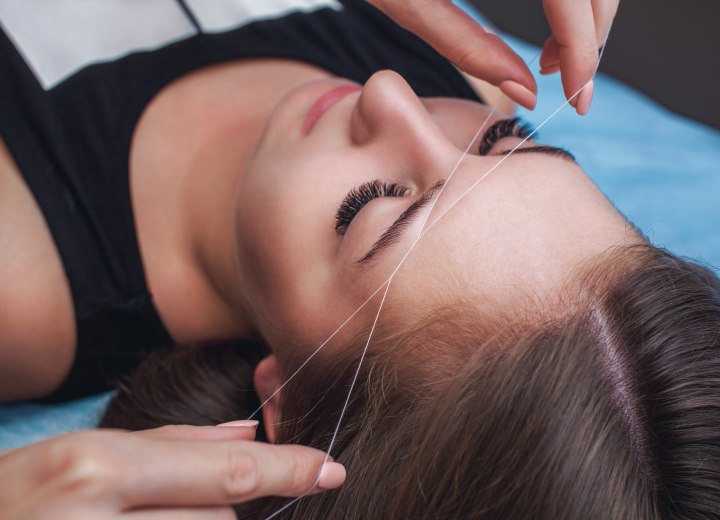Permanent Hair Removal Techniques (2)

Flashlamps, also known as Intense Pulsed Light therapy (IPL):
Introduced in the 1960s, this hair removal technology works by filtering light onto unwanted hair, and the resulting thermal and mechanical reactions caused by the light's heat damage the hair follicles, leading to their removal. With multiple sessions, flashlamps can disrupt the hair's regrowth cycle.
IPL is a safe method of removing body hair without any usual side effects, as long as it is performed by a qualified therapist. However, similar to electrolysis, if the person administering the treatment lacks sufficient knowledge about the procedure and technique, there is a risk of lesions and burns.
Furthermore, it is a painless method of removing excess hair, suitable for all body parts regardless of their shape and size. However, like laser treatments, flashlamps only target hair with dark pigment, rendering them ineffective on light or red hair.
Patented Radio Frequency Technology:
A relatively new and lesser-known hair removal method, patented radio frequency technology works by directing a cool, dry wave through each individual hair, effectively killing it at the root and preventing regrowth. Due to its novelty, there is considerably less literature available on this method.
Most reviews thus far have been positive, with some manufacturers claiming that patented radio frequency technology has been clinically proven to be as effective as electrolysis, but without the associated pain, redness, and scarring. While other methods have limitations on the areas they can treat, patented radio frequency technology works effectively on all body areas.
Prescription Oral Medications for Hair Removal:
As the societal pressure for hairless and beautiful bodies continues to increase with each passing year, alternative methods to meet these demands are constantly emerging. Recently, several prescribed oral medications have been tested and found to significantly reduce, and in some cases, halt the growth of body hair.

Threading:
Similar to other hair removal methods, threading has been used since ancient times and was particularly popular in Eastern cultures. In recent years, this technique has gained prominence in the Western world.
As the name implies, a cotton thread is pulled along the area with unwanted hair, trapping the hair strands in a small loop and removing them from the follicle. Regular threading can potentially damage the follicle and inhibit hair regrowth.
This method of removing excess body hair is generally safe and effective when performed by a professional. One drawback of threading is that it is most effective on smaller areas, such as the eyebrows and chin, and is not commonly used on larger body parts.
Another disadvantage is that threading can be quite painful and has been likened to the discomfort caused by tweezing. As a result, some salons offer a numbing spray for clients who may be more sensitive. The cost of threading is comparable to waxing, although it may vary from salon to salon.
© Hairfinder.com
See also: How to choose a home hair removal system